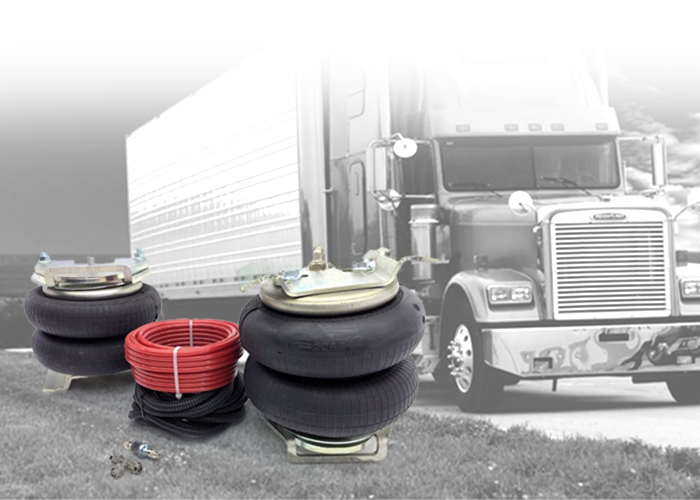The air suspension in trucks is part of the air suspension system, a technology that uses compressed air to adjust the height of the truck's chassis from the ground. Its main function is to achieve better balance and stability for the truck during driving and loading.
Trucks equipped with an air suspension system have air cushions placed between the chassis and the tires. Air can be pumped into these cushions using a specialized air system, allowing the truck's height and chassis level to be adjusted according to different conditions.
The main functions of air suspension in trucks include:
Adjusting Truck Height: The compressed air in the air cushions can be used to adjust the truck's height. This enables the driver to raise or lower the chassis height from the ground as needed, such as when loading cargo or dealing with uneven roads.
Achieving Balance: The air suspension technology helps evenly distribute the truck's weight on the tires. This leads to improved balance and stability during driving, especially when carrying varying loads.
Enhancing Passenger Comfort: By adjusting the chassis height and truck balance, air suspension can improve passenger comfort inside the truck during driving. It can better handle vibrations and shocks on uneven roads.
In summary, the function of air suspension in trucks is to achieve flexible adjustment of chassis height and weight distribution, contributing to improved balance and comfort during driving and truck loading.
